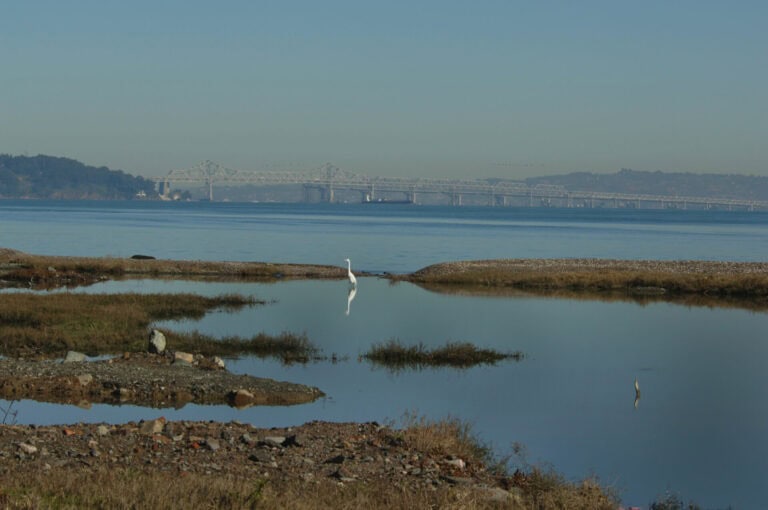EBRPD District Plan Survey Call to Action
The East Bay Regional Park District (EBRPD) is preparing a new District Plan and is seeking public comment from Alameda and Contra Costa residents. Make your voices heard and stand up for birds and their habitat by completing the online survey by July 31, 2025.
The District Plan will be a high-level document,summarizing and mapping existing conditions, identifying trends, documenting staff and community input about the future of the Park District, and providing strategies and priorities to achieve the Park District’s vision. More information about the Plan and the EBRPD can be found on their website.
With over 126,000 acres of parklands and open space across 73 parks, representing all of our Bay Area ecosystems, these parks provide critical habitat for a huge range of plants and animals. There are many human uses of our park spaces that sometimes conflict with protecting this incredible biodiversity. It’s important that we all speak up for bird and wildlife habitat as we plan for the future of the regional parks.
You can consider these points when you complete the online survey. Note: your response will have more impact if you put them in your own words.
1. What is your vision for the future of regional parks in the East Bay?
- Regional parks should be considered refuges for wildlife and biodiversity as they face the dual threats of habitat loss and climate change. Parklands and open spaces are critically important to providing habitat for wildlife including birds, insects, plants, and other animals, especially in our human-dense urban and suburban areas. Without habitat in regional parks, many indigenous plants and animals have nowhere else to go in the region. Protecting wildlife habitat and biodiversity should be the priority of the District Plan and EBRPD management strategies.
- Long-term planning and vision should consider impacts of climate change on wildlife habitat. Regional parks should manage parkland to improve our resilience to climate impacts. Climate change will cause sea levels to rise, removing current shoreline habitat. Additionally, both fires and storms will become more frequent and severe, requiring creative management strategies to adapt.
- All operational decisions such as trail use and placement, recreational activities, vegetation management, placement of pet areas, new land acquisition, maintenance, and infrastructure, should prioritize protection of wildlife and biodiversity.
- Regional parks should be places where East Bay residents can experience wild and thriving nature close to home, where low-impact activities are prioritized to protect ecosystems and wildlife.

